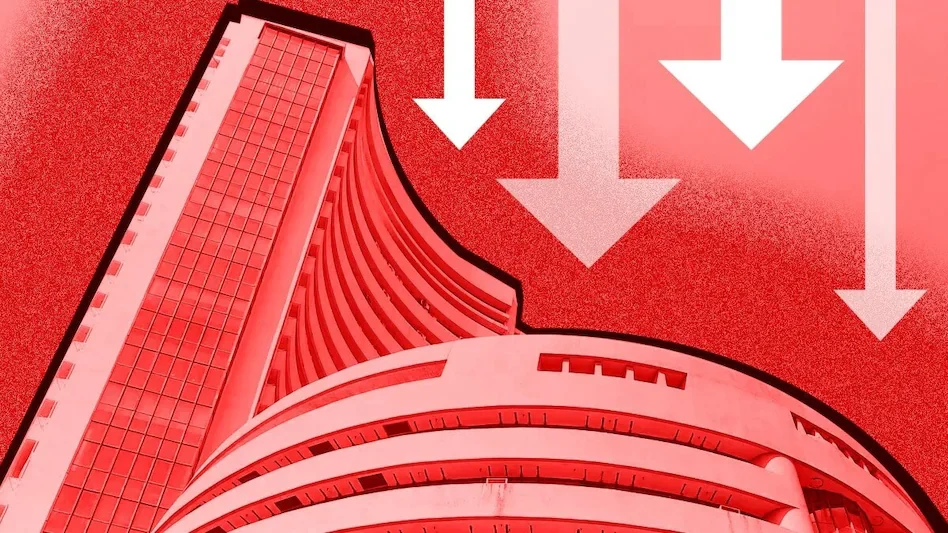Indian stock markets closed' lower on 9, 2025, reversing the previous day's brief relief rally. The Nifty 50 declined by 0.61 percent to settle at 22,399.15, while the Sensex dropped by 0.51 percent to end at 73,847.15. Broader indices mirrored this downward trend, with the Nifty Midcap 100 falling by 0.51 percent to 49,582 and the Nifty Smallcap 100 decreasing by 0.86 percent to close at 15,256.
Selling pressure was widespread, affecting major sectors, including IT, Metal, Pharma, PSU Banks, and Real Estate. However, FMCG stocks managed to buck the trend, registering modest gains.
Key Developments
Investor sentiment remained subdued despite the Reserve Bank of India's decision to reduce the repo rate by 25 basis points. This marked India's second rate cut, bringing the benchmark lending rate down to 6 percent. The central bank also shifted its policy stance from 'Neutral' to 'Accommodative' to support growth.
However, escalating global trade tensions overshadowed the domestic monetary policy move. The United States imposed an additional 54 percent tariff on Chinese imports, raising the total tariff rate to 104 percent. These higher tariffs, which also affected countries such as India, came into effect on the same day, contributing to market weakness.
Sectoral and Company Performance
The broader market downturn was driven by steep losses in sectors closely linked to global trade. Information Technology was the most brutal hit, given its intense exposure to the U.S. economy. Metal and Pharma stocks also faced selling pressure, each declining by more than 1.8 percent. PSU Banks and Realty stocks slipped by over 1 percent, while Nifty Bank fell by 0.54 percent.
Amid the sell-off, select FMCG stocks gained nearly 2 percent, supported by lower inflation forecasts and expectations of improved demand in the new fiscal year. Nifty Consumer Durables recorded a modest gain of 0.3 percent.
Nestle, HUL, Tata Consumer Products, Titan Company, and Power Grid Corporation were among the top-performing stocks. On the downside, key laggards included Wipro, SBI, L&T, Trent, and Tech Mahindra.
Macroeconomic Outlook
The RBI's monetary policy committee opted for a 25 basis point rate cut, reflecting recent moderation in inflation. The central bank lowered its consumer price inflation (CPI) forecast for FY2025–26 to 4 percent, assuming a normal monsoon and easing food prices.
Despite the rate cut, the RBI revised its GDP growth projection for FY2025–26 downward from 6.7 percent to 6.5 percent, citing the risks posed by global trade disruptions and tariff-related uncertainties.
Conclusion
Indian equity markets remained under pressure due to external challenges despite supportive domestic policy measures. Weakness in global trade, led by higher tariffs from the U.S., weighed heavily on investor sentiment. While sectors like FMCG showed resilience, most sectors experienced broad-based declines. Market participants will likely remain cautious as they assess the evolving global economic environment and its impact on domestic growth.




 Easy & quick
Easy & quick
Leave A Comment?